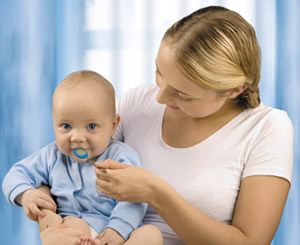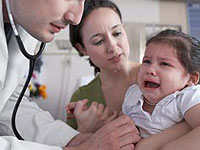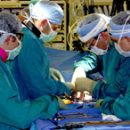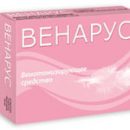Some infectious diseases of infectious children are manifiable symptoms. And some - begin sharply and require immediate doctor intervention. What diseases can threaten the baby?
Content
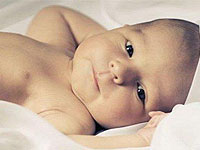 The possibility of infectious diseases of infectious children should be confirmed by the presence of three components:
The possibility of infectious diseases of infectious children should be confirmed by the presence of three components:
- pathogenic microorganism;
- susceptible organism;
- Factor providing infection from infected with a healthy body.
Ability to cause infectious diseases — This pathogenicity, in different microorganisms, it is different and depends on the possibility of the pathogen to be introduced into tissue and distinguish toxic substances. The susceptibility of the body to infectious diseases is determined by a number of factors and age — One of them: kids and infants find themselves in the group of the most vulnerable. The factors of transmission of pathogens are various elements of the environment, mainly infection is transferred with air at the time of coughing, sneezing and conversation.
In the development of infectious diseases of the throat in children, the following periods are marked:
- incubation;
- premonitory;
- basic manifestations of the disease;
- Ugasania;
- Stage of recovery.
The causes of diseases can be bacteria, viruses and fungi. In the case of a decrease in immunity, microorganisms acquire pathogenic properties and cause inflammatory process. The clinical picture of the infection is due to local manifestations, among them: dryness, sore throat, pain and separation of mucus, difficulty in swallowing, temperature rise and weakness. The possibility of serious complications occurs not only due to local changes in larynx and almonds, but also in the presence of chronic rheumatic heart disease, autoimmune glomerulonephritis, polyarthritis, meningitis.
Treatment is carried out using antibacterial drugs in the form of tablets for resorption, sprays and rinsing for the purpose of rehanging the oral cavity and microflora recovery, strictly by appointment of a pediatrician doctor. Disinfection measures by introducing special solutions are shown at high fever, in the event of acute laryngitis, laryngospasm, stenosis and laryngeal edema.
Take care of the eyes!
Children's infectious diseases include: conjunctivitis, blepharitis, keratitis and vascular disease. In case parents notice excessive tearing, reduction of vision, long-term eye pain, swelling and light-free, redness of the sclera, recommended immediate appeal to an ophthalmologist. Be sure to exclude visits to children's teams and limit contacts, strictly follow the rules of personal hygiene, since some infectious diseases of the eyes in children are very inflated.
Conjunctivitis — This is a group of the most common inflammatory eye diseases. The path of infection is easy to trace when the kids are working with dirty hands, splashing in contaminated water bodies, or through blood — In the presence of infectious diseases, windmills, measles. Conjunctivitis is infected in an acute and chronic stage and manifests itself to redness of the eyes, bursting with small blood vessels, eyelids, the appearance of separated from the eyes, pain and burning.
Chronic conjunctivitis develops gradually, hitting both eyes, occurs when the metabolic disorders, the lesions of the nose and the tear paths, manifests itself «sand» and light-and-everyone. Allergic conjunctivitis is accompanied by redness of the eyelids, burning and itching, cough, and a runny nose, may arise in response to external stimuli: pollen of flowering plants, dust dust, smoke, chemicals, and drugs and supercooling.
Among infectious diseases should also be noted:
- Blepharitis — inflammation of the edges of the age, the defeat of both eyes;
- Keratitis — damage to the cornea;
- Uveite — inflammation of the vascular shell;
- Dacryocystitis — tear sac disease;
- barley — Inflammatory process with localization in a sebaceous gland or ciliary hair bags. With multiple purulent foci, an increase in body temperature, chills, sharp pain in the eyeballs, separation from the eyes.
Modern drugs make it possible to provide the necessary comprehensive treatment, taking into account the specifics of the infectious disease. Prevention involves properly organized care and rational food, enriched with vitamins A, B, C, E.



